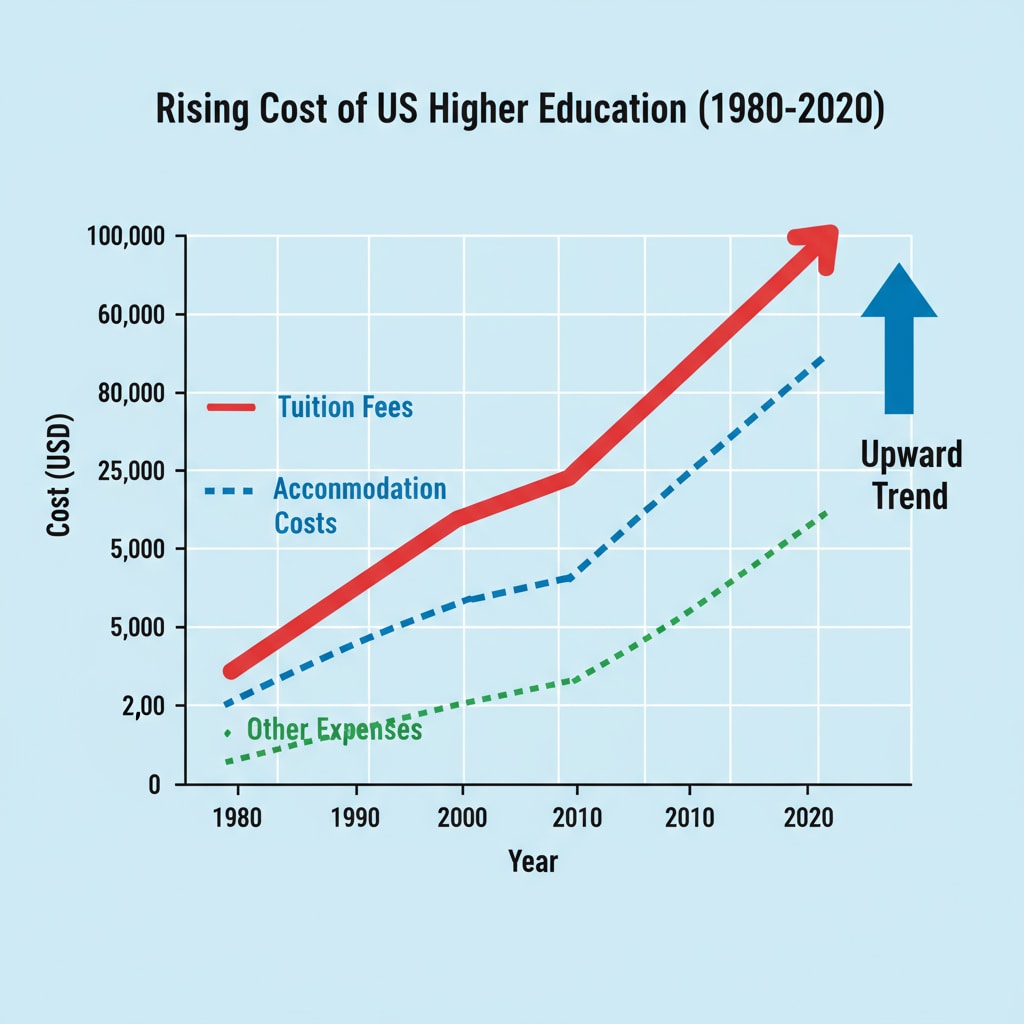In today’s society, the topics of higher education, return on investment, vocational and technical education, and job mismatch have become hotly debated. For a long time, obtaining a university degree was seen as the golden ticket to success. However, as the job market evolves, it’s time to reevaluate this perception.

The Allure of Higher Education and Its Investment Realities
Traditional higher education has always held a prestigious position. Parents and students alike often believe that a university degree guarantees a high-paying job and a successful career. According to data from the National Center for Education Statistics, the number of students enrolling in colleges and universities has been steadily increasing. However, the investment in higher education is not insignificant. Tuition fees, accommodation, and the cost of textbooks can add up to a substantial amount. In addition, students spend four or more years in college, which means delaying their entry into the workforce and potential earnings.

The Rise of Vocational and Technical Education
On the other hand, vocational and technical education is gaining more recognition. This type of education focuses on equipping students with practical skills directly applicable to specific industries. For example, fields like plumbing, electrician work, and culinary arts are in high demand. Vocational training programs are often shorter in duration compared to traditional university degrees. As stated by the Bureau of Labor Statistics, many vocational and technical occupations are projected to have strong job growth in the coming years. This offers an alternative path for students who are more hands-on and interested in a particular trade.
Another advantage of vocational and technical education is the lower cost. Students can complete their training in a shorter time and start earning earlier. This leads to a potentially higher return on investment in a shorter period. Moreover, the skills learned in vocational training are highly specialized and relevant to the job market, reducing the likelihood of job mismatch.
Readability guidance: As we can see, both higher education and vocational and technical education have their own pros and cons. The K12 education system should play a crucial role in guiding students to make informed decisions. Instead of simply pushing students towards a university degree, it should provide comprehensive information about different career paths, including vocational and technical options. By doing so, students can choose the path that best suits their interests, skills, and long-term goals, ultimately reducing the issue of job mismatch and ensuring a better return on their educational investment.


